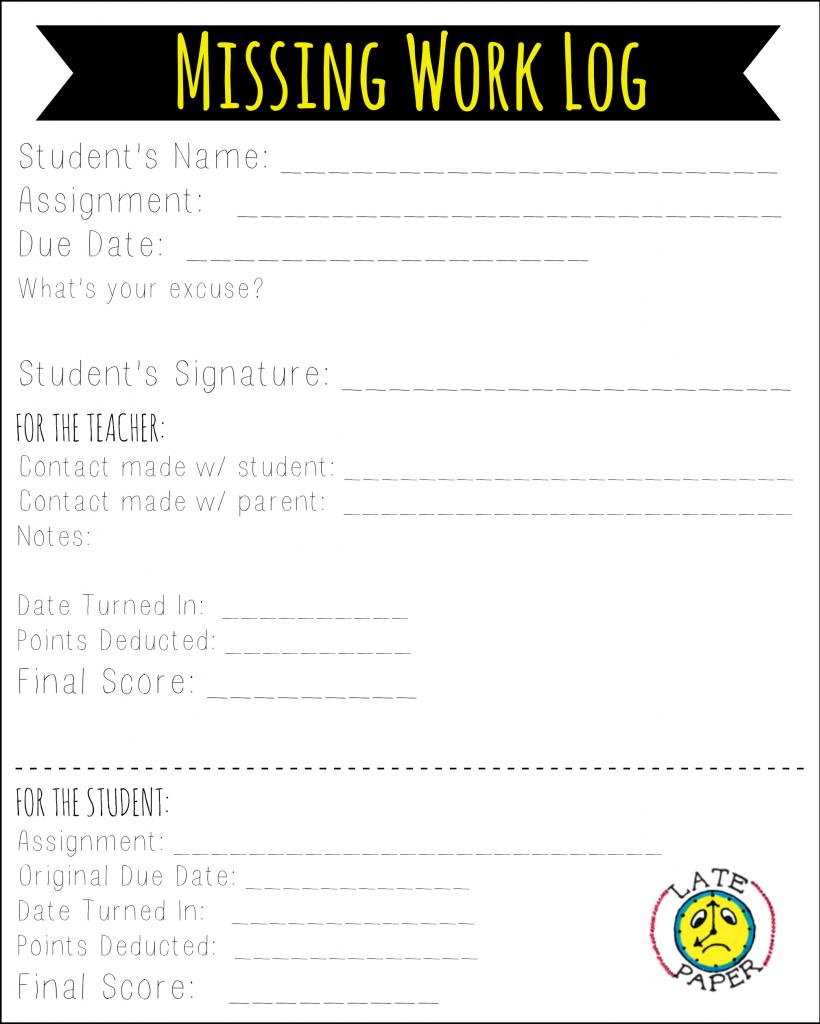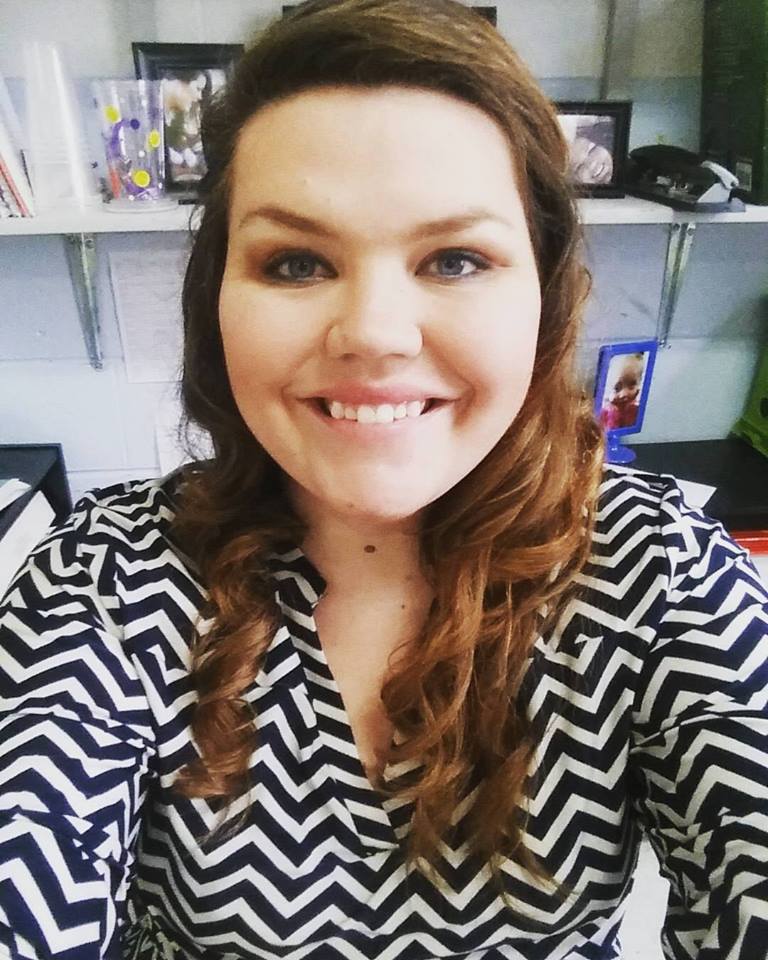This is what my room looks like from the outside. It's almost too cute for high school but I don't care. Since we're a K-12 building I know at least the elementary kids appreciate seeing it when they walk by to go to art or music.
Here is what you see when you walk in. I kept the general color scheme from my class last year because 1) it was cute and 2)I had no more money to spend on my new classroom. Between getting married, moving across the state, and my husband's new classroom I was broke.
I love my desk arrangement. I think it works well in my small space and the kids are all well-behaved enough that it works. I bought tv trays to hold their supplies caddies for our interactive notebooks because I was really tired of them falling in the floor and not getting picked up when they were just sitting on students' desks. I think I've only had 2 fall since the beginning of the year, whereas I would have about 5 fall per day in my old classroom.
Here's the front board. Each class has a spot that lets them know what they're doing for the day and what information they should write in their planner. We give planner points at the end of each quarter to use towards any class a student chooses, so this encourages them to write in their planners daily.
Right in front of the front board is my podium with my document camera and all the goodies I need. I also keep my interactive notebooks underneath so it's easy access.
On the right side of the front wall is another small dry erase board and a bulletin board. I write my "I Can" statements and assignment on the small dry erase board and keep data information on the bulletin board. I also have some posters on that wall, including my rules posters. I made those in Microsoft Publisher.
Here's a close-up of the data so far this year. I have a blog post about data that you can view here.
Here's the back table. It is a hot mess. Once my shelf gets hung above it, all of those storage containers are going on the shelf. I keep two crates on the back table - one for extra papers per week for the quarter and the other for station work. I'll create a blog post about station work soon. Underneath the table are two more crates that students can use to put their notebooks in so they do not lose them. Very few actually leave them in here, which is pretty awesome.
Next to the back table I have my storage cabinet and Exit Slips. This storage cabinet was full of stuff from all the past math teachers so I didn't really mess with it. Next summer I plan to paint it and will hopefully go through it and get rid of some junk.
Underneath the Exit Slips is a little desk with a bunch of file folders on it. This is where I keep the stuff I plan to pass out for that class period, whether it be notebook papers of worksheets.
Above all of that is my lovely place value poster set that I just love. It adds color and takes up a lot of wall space, which would drive most people crazy. But I love it.
On the left of the storage cabinet is one more bulletin board that I keep my Absent Work Filetastic, Request to Retest slips, and Yellow Slips. Underneath that is a bookshelf where students keep their binders.
The last area in my room is my desk area. Behind my desk are two big radiators. I use these to put my stuff on since they only produce heat during the winter months (that's right, we have NO AIR CONDITIONING IN MISSOURI...crazy!). I have all kinds of crap on them. My goal is to get that area organized one day. I also have my calendar on my bulletin board behind my desk and some more posters.
Here's my (somewhat) organized desk. This is the biggest desk I've ever had and I love it. It also had a bunch of crap left in it from the old math teachers, so I hope to get that cleaned out this summer sometime also.
Next to my desk is another book shelf where I keep my curriculum binders. Since my curriculum has changed from my last school to this one, I have a lot of reorganizing to do with these things.
On top of my bookshelf is where I keep collected papers to grade. Each class has a folder and I just stick their papers in them and grab one when I'm ready to grade them.
Last is my little computer desk. It's pretty basic.
For the most part this arrangement works and is functional. I wish my room was a little bit bigger but it's alright. The most kids I ever have at one time is nine so it never feels too crowded in here.
The calendar and letters I got from Mardel's Chalk It Up collection. The posters I found on Amazon a long time ago.






















































.jpg)
